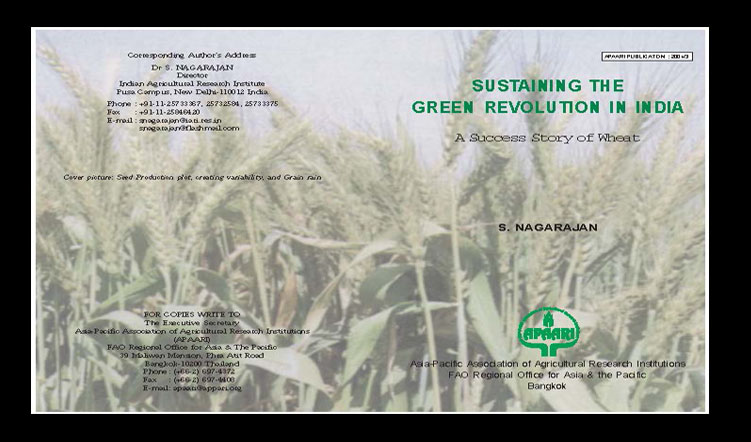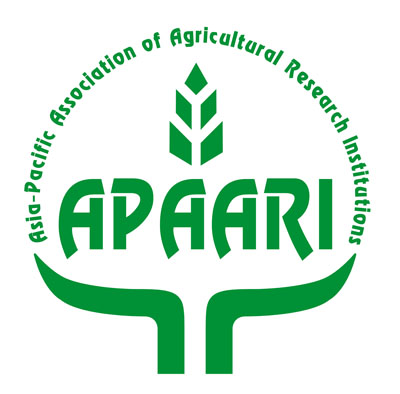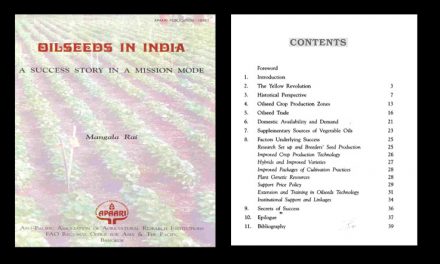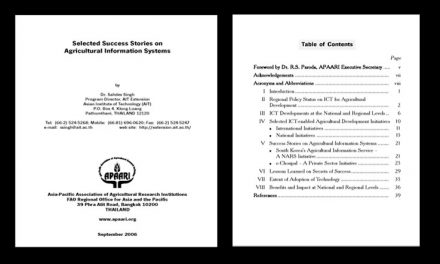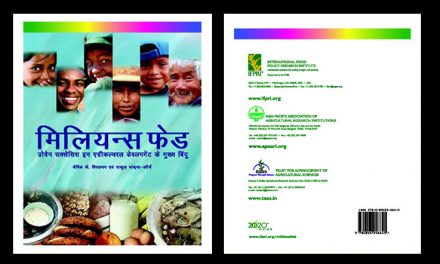The President of India in his address to the nation on the 50th year of India’s independence mentioned of few landmark scientific achievements. The near self-sufficiency in food and the agricultural transformation was one amongst them. Slow growth in total wheat production up to 1965 necessitated a large-scale food grain import by India under the soft (Public Law) PL480 system (Figure 1). The series of agricultural changes that happened after 1965 in cereal production was called “Green Revolution”. Many underestimated the impact of change and rated green revolution as just an increase in the food grain production. But it was the decision of the scientists, extension functionaries, policy makers, political system and above all the Indian farmer to go in for major changes, alterations and improvements in his way of farming. By 1970 the impact of the green revolution made many visionaries predict that India will become self sufficient in food grain production. The 80s made us believe that India will be able to construct adequate buffer stock to thwart the adverse weather and other calamities. The 1990s made us dream that we must be able to export some quantity of wheat. During crop year 2000, India harvested 76 million tonnes (MT) of wheat, an unsurpassed record. India continues to remain the second largest producer of wheat in the world. Despite the last few years of drought and terminal heat stress, the total annual wheat production remained at 70 MT. There is a need to keep the wheat price and supply affordable for the 240 million people below the poverty line. That apart, India will have 1.4 billion people to be cared and protected against food shortages by 2025. The last few years of decline in total production and the concern about the factor of productivity has necessitated an examination of the present stalemate. Wheat (Triticum spp.) is the most important winter cereal of India and is grown during November to mid-April. Wheat is grown during the non-monsoon months, demands less water and it is less vulnerable to yield variation. Since the monsoon season crop remains at the mercy of rainfall, and that for having a reliable and robust food security system, winter season crop of wheat was chosen.
Sustaining the Green Revolution in India
